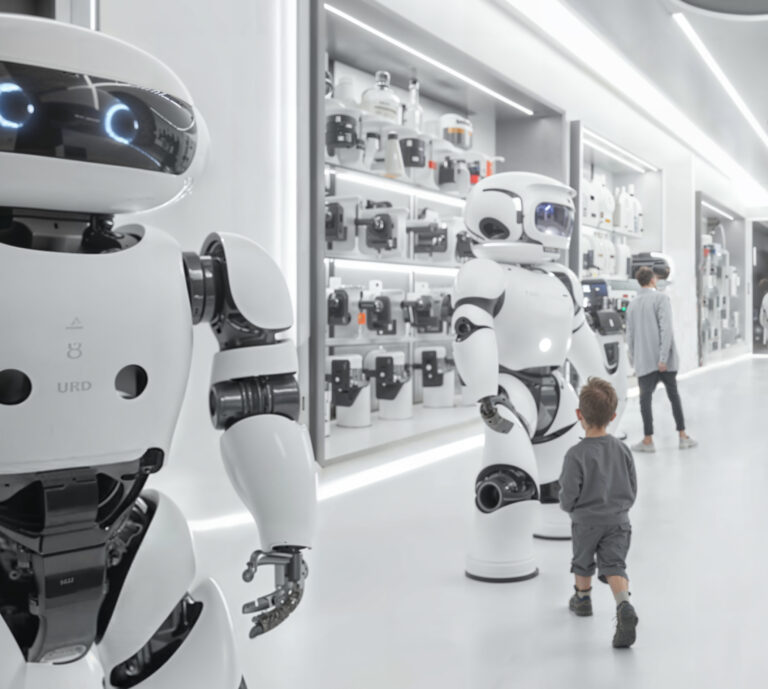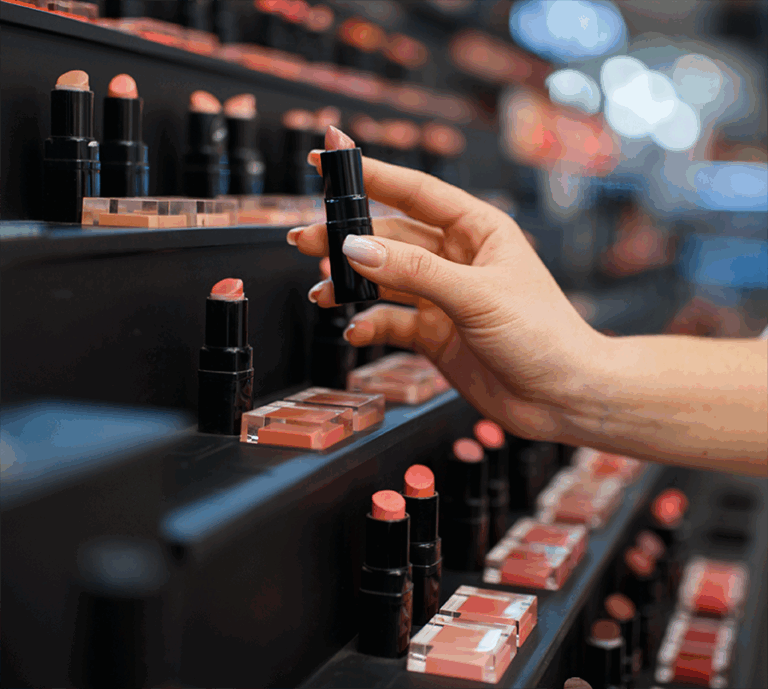×

Our Innovation Agent, Scott Jeffrey, explores how future retail experiences will have to evolve once shopping for humanoid robots becomes commonplace.

Jamie Cornelius, Executive Creative Director, talks to Jessie Dowd of Retail TouchPoints about using design and technology to reimagine experiential retail.
COVID-19 created the need for immediate visible changes in brick-and-mortar stores, but the pandemic also will have a deeper impact on the fundamentals of the in-store experience. Both store design and technology will need to shift as retailers redefine stores’ roles for post-pandemic shopper journeys.
Consumer expectations for convenience, efficiency and seamless fulfillment will be higher than ever before — and so will the need for human connection, which will serve as the driving force behind experiential spaces.
With the increase of pickup and curbside services, retailers should take advantage of another layer of engagement with shoppers via their store exteriors, windows, and parking lots. “They will need to work together to create a cohesive and compelling experience for your brand,” explained Cornelius. “Tear down the wall, pull back the curtain, and open up the storefront with a view inside. Reposition the curbside pickup with a view inside to inspire shoppers to ‘add to cart’ or come inside. turning trips of necessary convenience into memorable brand moments will be a key go-forward strategy.”
While everything from POS, fixtures, and materials selections will need to evolve, the front of store will see a hefty portion of the transformation. “That first impression is imperative as you welcome more and more guests back into the store,” said Cornelius. “It’s important to deliver convenience that isn’t cold, and contact that is meaningful and safe.”
As e-commerce and subscription services increasingly handle consumers’ stock-up purchases, technology will help make physical store visits – which will be rooted in discovery and inspiration – more meaningful to each consumer. “Harnessing appointment-based experiential retail will allow for connection while honoring the mindset for social distancing, as will the use of mobile in-store to enhance engagement while minimizing high-touch surfaces,” said Cornelius.
To make the most of contactless and convenient technologies that have been adopted during the pandemic, retailers will need to study customer preference data to determine which solutions they should invest in. Personalizing tech offerings to individual shoppers has the potential to increase customer satisfaction and provide a stronger ROI for the retailer.
A variety of verticals, ranging from convenience and grocery stores to car dealerships and beauty, began experimenting with contactless/cashierless checkouts and autonomous stores even before the pandemic. Now, the convenience and efficiency of those models are being leveraged to solve issues related to shopping during COVID-19.
The full Retail TouchPoints Special Report examines several elements of the store experience that will be in play as retailers seek to create truly successful shopping in a post-pandemic world — one where brand storytelling moves fluidly across all channels. Key topics will include:
Read more of what Jamie had to say and download the full report from Retail TouchPoints here.


